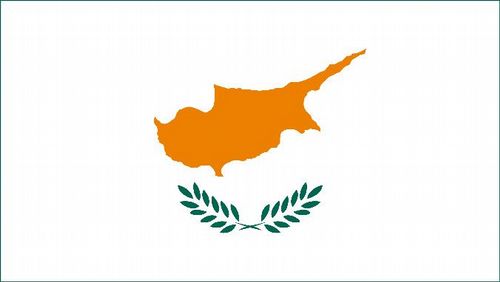About Cyprus
Capital city: Nicosia
Total area: 9 250 km²
Population: 1.141.166
Currency: Member of the eurozone since 2008 (€)
Cyprus is the largest island in the eastern Mediterranean and is situated south of Turkey. The two main mountain ranges are the Pentadactylos in the north and the Troodos in central and south-western part of the island. Between them is the fertile plain of Messaoria.
Cyprus has long been a crossing point between Europe, Asia and Africa and still has many traces of successive civilisations – Roman theatres and villas, Byzantine churches and monasteries, Crusader castles, Ottoman mosques and pre-historic habitats.
The island’s main economic activities are tourism, clothing and craft exports and merchant shipping. Traditional crafts include embroidery, pottery and copperwork.
Traditional local dishes include the meze – a selection of appetizers served as a main dish, halloumi/hellim cheese and the zivania schnapps.
The Republic of Cyprus gained its independence from Britain in 1960. Three years later, inter-communal violence between Turkish and Greek Cypriots broke out. Since 1974 the island is de facto divided after a coup d’état supported by the military junta in Greece against the Cypriot President Makarios and the subsequent intervention of the Turkish army. Despite numerous efforts to reunify the country, it remains divided to this day.
Cyprus is well known as the island of Aphrodite, the goddess of love and beauty, who, according to legend, was born here.
In modern literature, names such as Costas Montis (poet and writer) and Demetris Gotsis (writer) stand out, while Evagoras Karageorgis and Marios Tokas are well known for their musical compositions.



